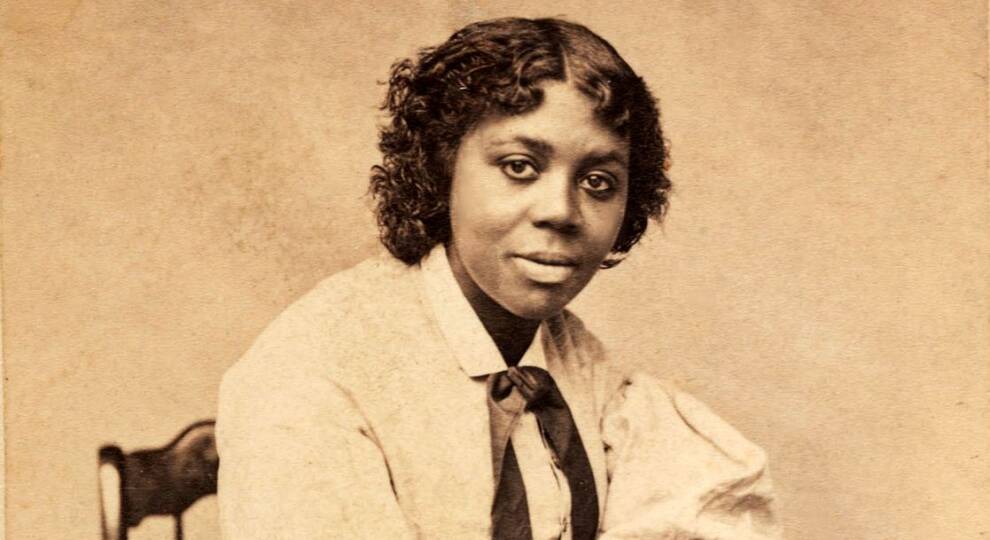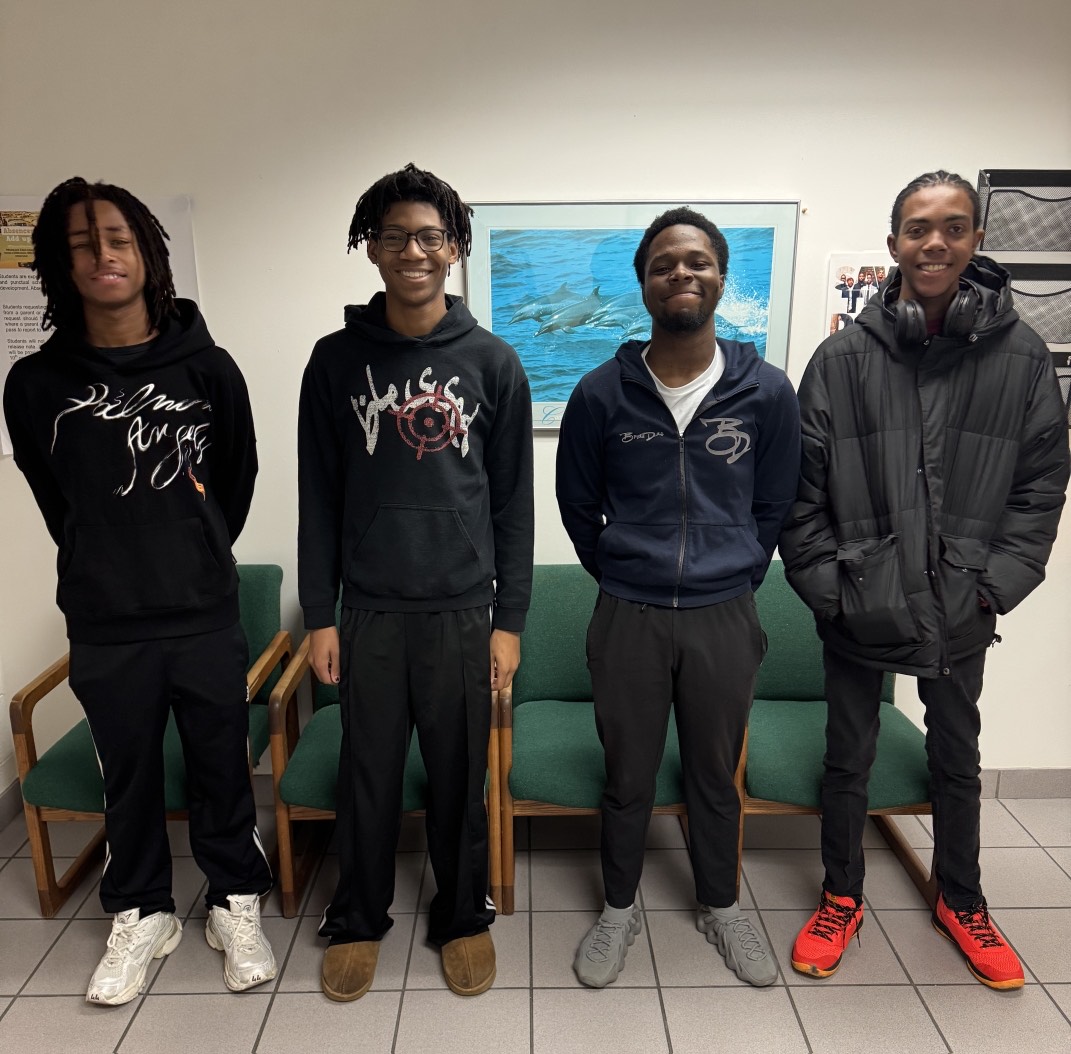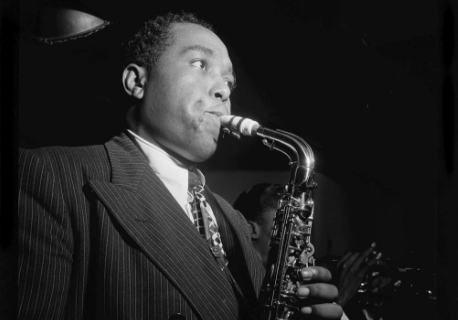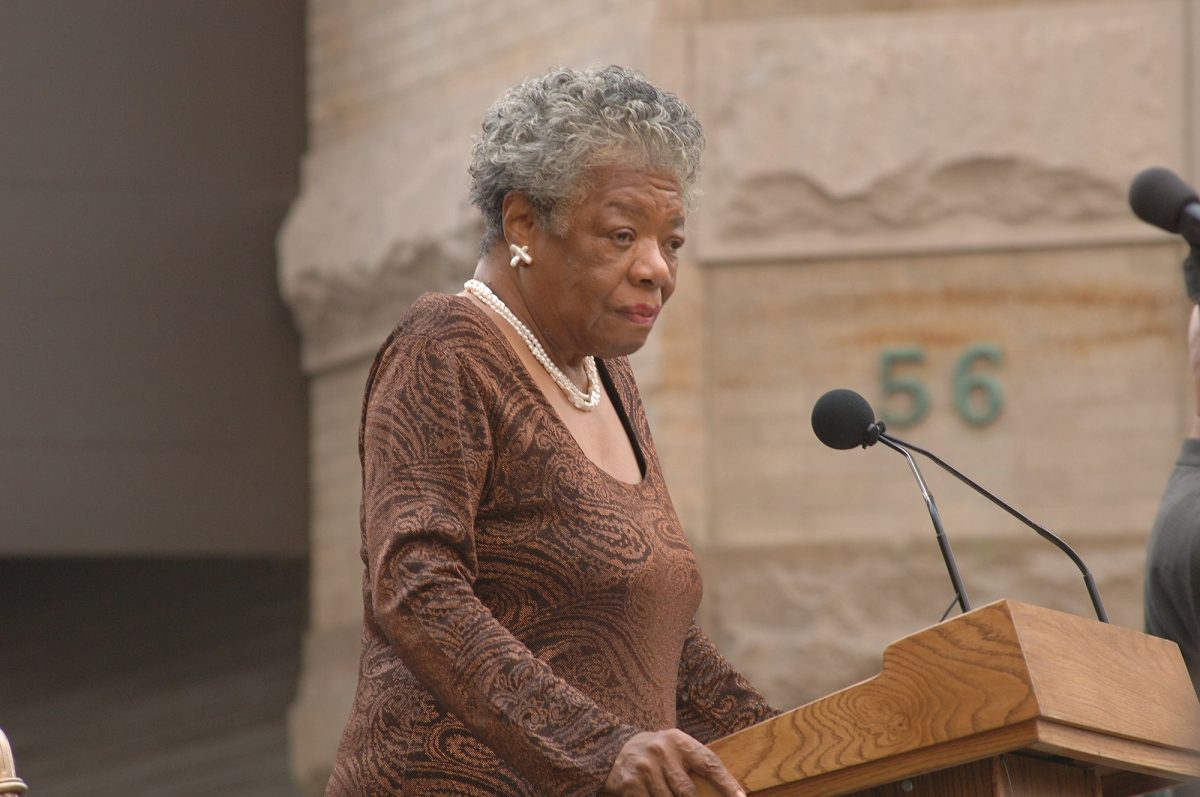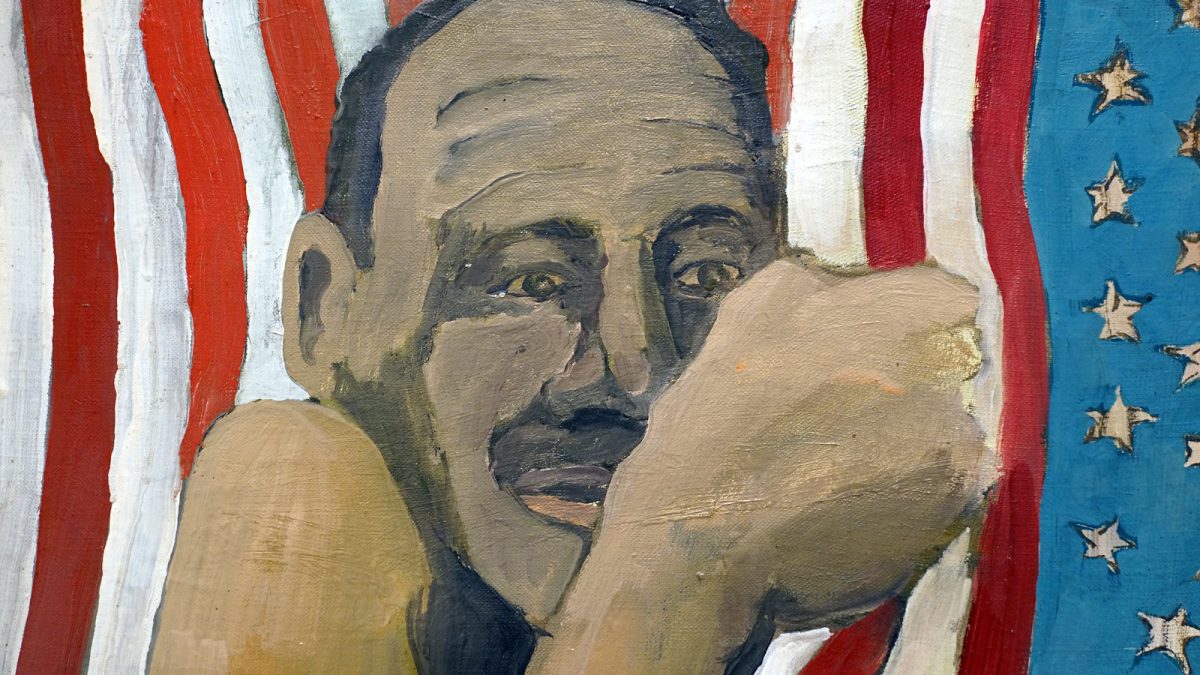Edmonia Lewis was all the things that made life hard.
Half black.
Half Chippewa.
An orphan.
Female.
She was accused and discriminated against, told she couldn’t do it and wouldn’t do it. People turned a blind eye to her sculptures and scrutinized her skin color instead.
With one look in the Smithsonian Art Museum, it is evident that she proved the naysayers wrong.
She not only succeeded but also became a trailblazer for the BIPOC (Black, Indigenous, People of Color) community.
She claimed her mom was full-blooded Chippewa, and her dad was African-American. Her lifestyle was relaxed; living free in the north near Canada, she fished, wove baskets and made jewelry for the first part of her life.
Though she was orphaned at a young age, her older brother found success in the Gold Rush and was able to finance her education, a rare opportunity for females. She attended Oberlin College but had to leave before graduating due to a controversy rooted in discrimination.
She ended up moving to Europe, where she was accepted and applauded for her work rather than put down for her skin color. Her famous works include “Forever Free,” “The Death of Cleopatra” and “Hagar.” She portrayed her unique story and campaigned for equal rights through her artistic pieces.
Though much of her story has been lost to time, her sculptures live on as proof of her rare talent.
They live on as proof of social injustices that need to be addressed.
They live on as proof that it is possible to persevere through the greatest odds and find the greatest success.
The free-spirited sculptor lives on through the art she left behind.
“Edmonia Lewis used sculpting to depict the hardships of women and people of color with both reverence and beauty,” said freshman Emmalee Cross.

